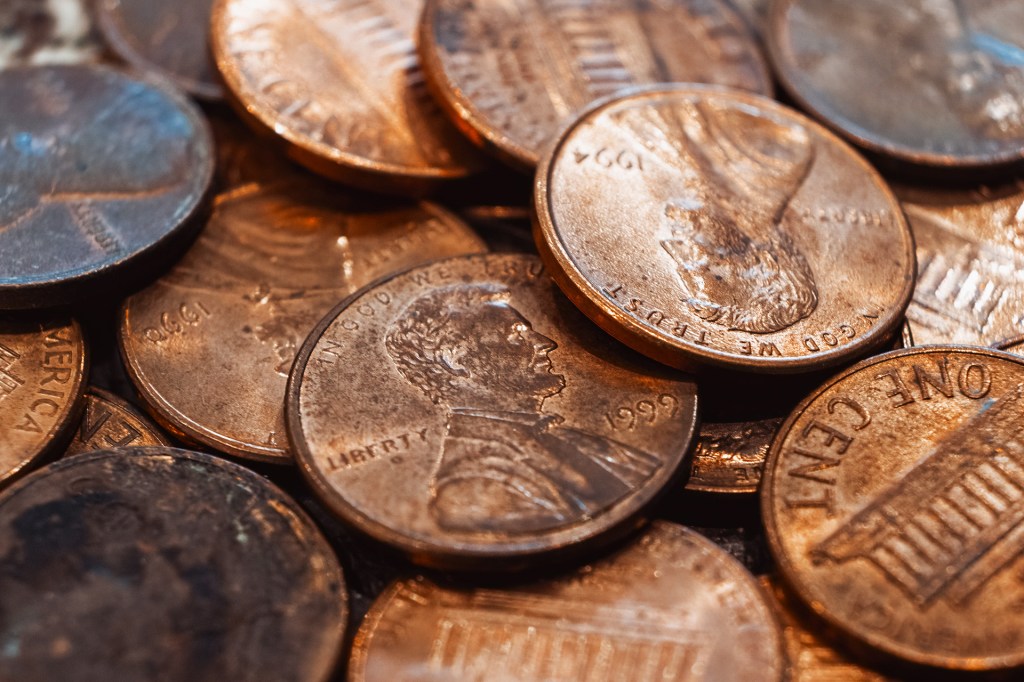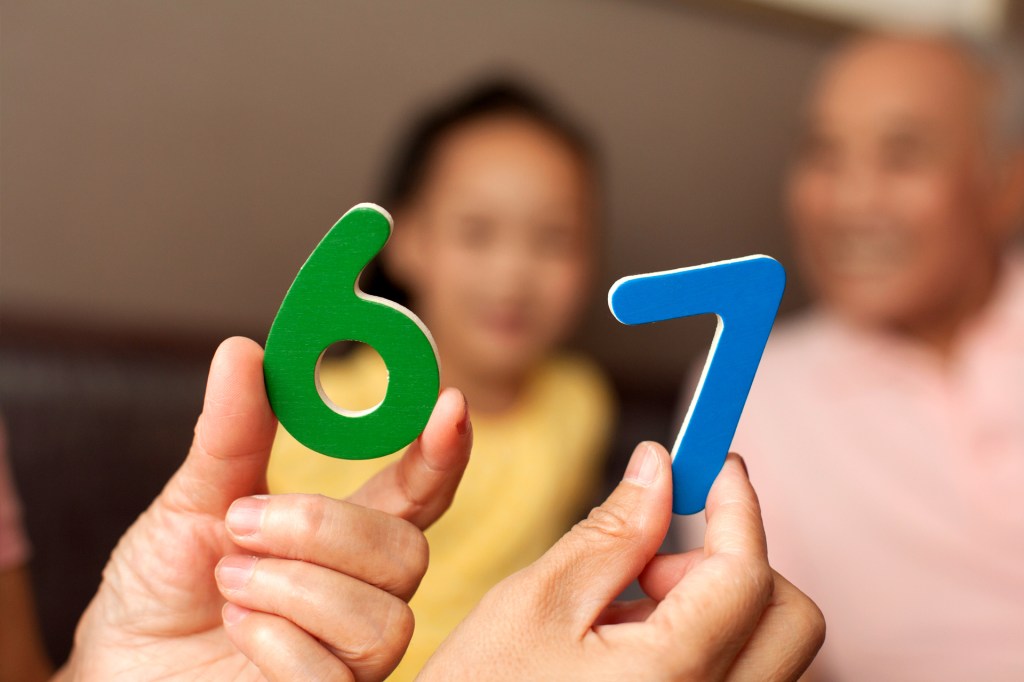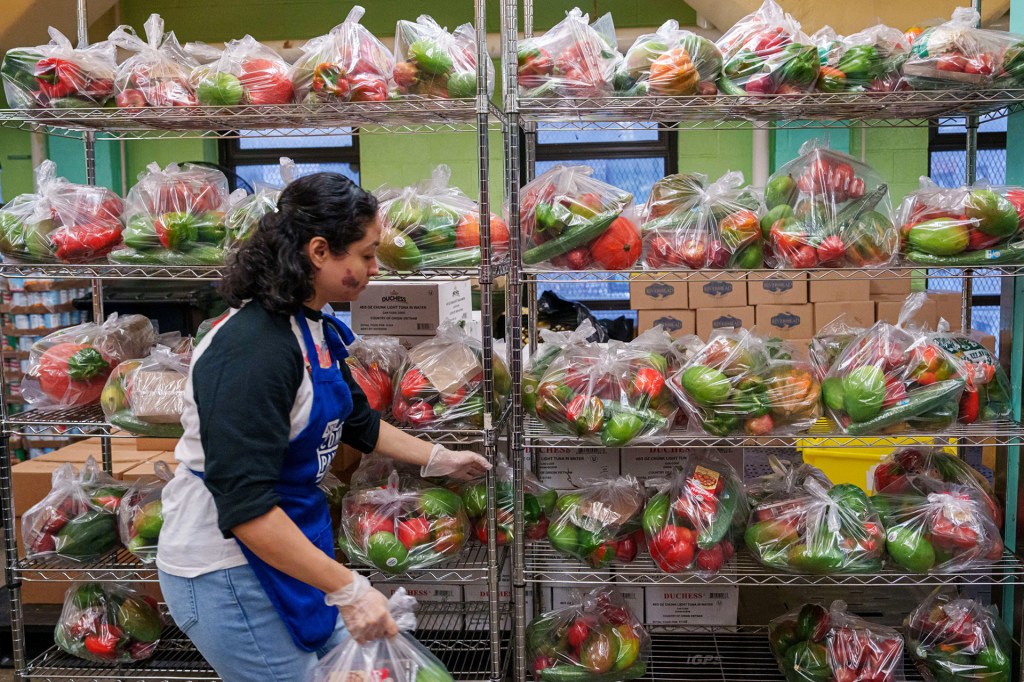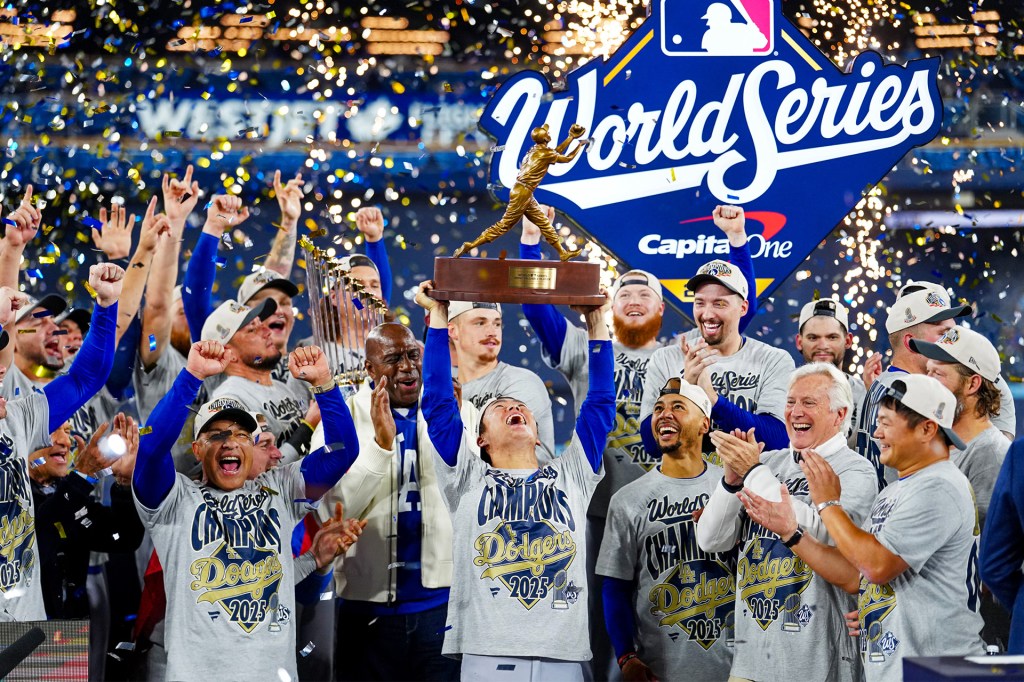Change in America
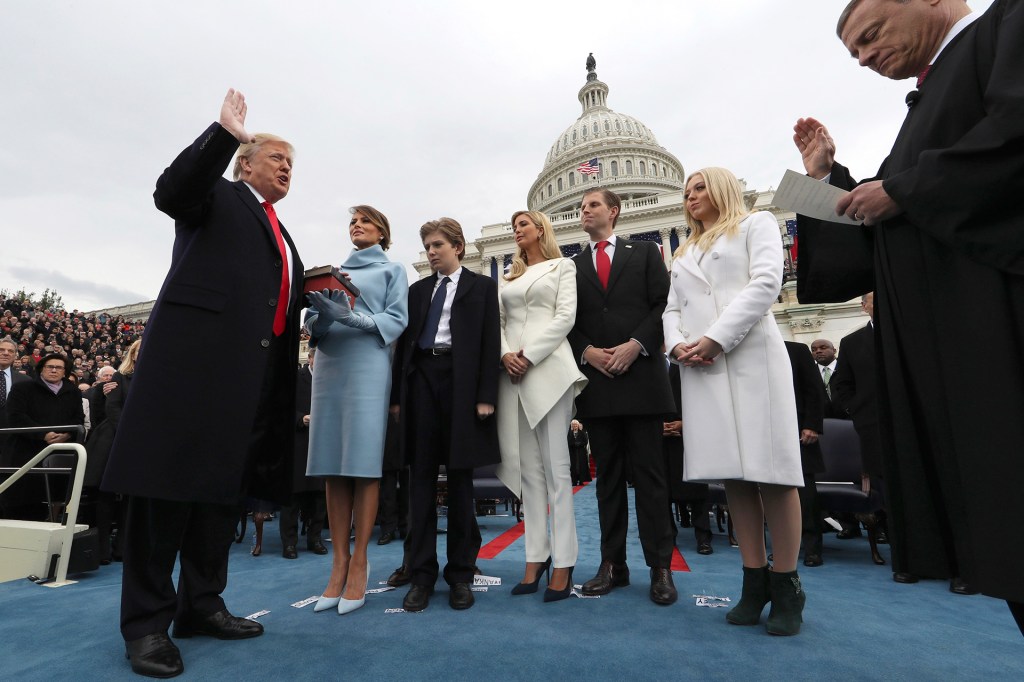
On January 20, Donald Trump was sworn in as the 45th president of the United States.
Two and a half months after his stunning Election Day win, Donald Trump was sworn in on January 20 as the 45th president of the United States. People traveled to Washington, D.C., from across the country to witness the event.
Trump took the oath of office while standing on the terrace of the U.S. Capitol building. With one hand raised and another on two Bibles—one given to him as a child by his mother, another used by Abraham Lincoln in his 1861 Inauguration—Trump pledged to “preserve, protect, and defend” the U.S. Constitution. Then, as a light rain began to fall, President Trump looked toward the Washington Monument and delivered his inaugural address.
“The forgotten men and women of our country will be forgotten no longer,” Trump said. “From this day forward, a new vision will govern our land. From this day forward, it’s going to be only America first.” Trump promised to create jobs, secure the country’s borders, and keep the country safe.
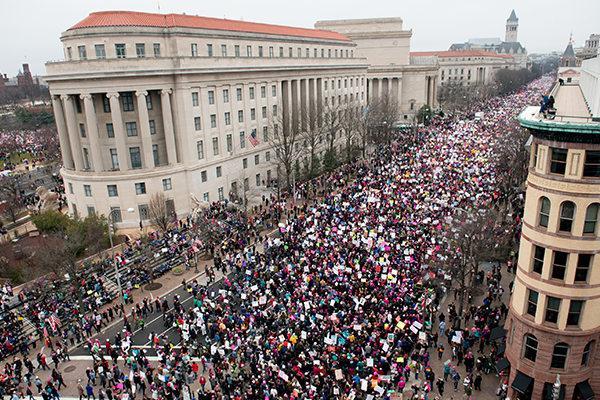
The Women’s March on Washington drew about 500,000 protestors to the nation’s capital.
NOAM GALAI—WIRE IMAGE/GETTY IMAGESAfter the ceremony, Trump, Vice President Mike Pence, and their families led the inaugural parade. It began at the Capitol building and made its way along Pennsylvania Avenue toward the White House. In the Oval Office, Trump took his first action as president. He signed an order to begin the process of repealing
repeal
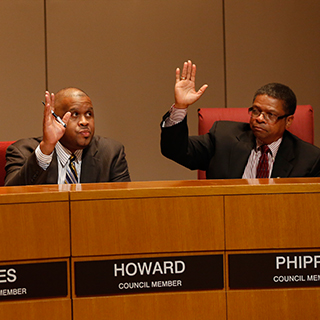 NELL REDMOND—AP
to end a law already in place
(verb)
The council voted to repeal an unpopular law.
the Affordable Care Act. The heath-care law is also known as Obamacare.
NELL REDMOND—AP
to end a law already in place
(verb)
The council voted to repeal an unpopular law.
the Affordable Care Act. The heath-care law is also known as Obamacare.
Democracy at Work
The peaceful transition
transition
 GETTY IMAGES
a period of change
(noun)
Sam made friends quickly after his transition to a new school.
of power is an important characteristic of democracy. In keeping with tradition, outgoing president Barack Obama and First Lady Michelle Obama took part in the Inauguration ceremony. Former presidents Bill Clinton, George W. Bush, and Jimmy Carter were there too. So was Trump’s Democratic rival in the 2016 election, Hillary Clinton.
GETTY IMAGES
a period of change
(noun)
Sam made friends quickly after his transition to a new school.
of power is an important characteristic of democracy. In keeping with tradition, outgoing president Barack Obama and First Lady Michelle Obama took part in the Inauguration ceremony. Former presidents Bill Clinton, George W. Bush, and Jimmy Carter were there too. So was Trump’s Democratic rival in the 2016 election, Hillary Clinton.
Peaceful protest and free speech are also part of America’s democratic tradition. More than 50 Democratic members of Congress boycotted the Inauguration. They object to Trump’s election.
On January 21, about 500,000 people joined the Women’s March on Washington. Speakers and demonstrators voiced their opposition to Trump and to statements he has made about women, immigrants, and other groups. “We want equality for all—particularly women and immigrants,” Carol Sobh, of Paramus, New Jersey, told TFK. She was at the march with her husband and two children, Naya, 14, and Jesse, 8. Similar marches took place in cities across the country and all over the world.

Sisters Jacqueline and Juliana Ghorra attended the Inauguration.
STEPHANIE KRAUS FOR TIME FOR KIDSA Day for Everyone
Many of those gathered at the Inauguration were inspired by Trump’s words. “He talked to us like he was a regular person,” Juliana Ghorra, 12, said. “He talked about things that mattered to us.”
Jamie Wilson, from Greenwich, New York, attended the Inauguration with her parents, brother, daughter Taylor Poovey, 9, and son Joshua Poovey, 11. “I think every American, if they’re able, should come to an Inauguration, whether it’s somebody you support or not,” Wilson said at Trump’s January 19 welcome celebration, at the Lincoln Memorial. “This is a day for everybody.”





